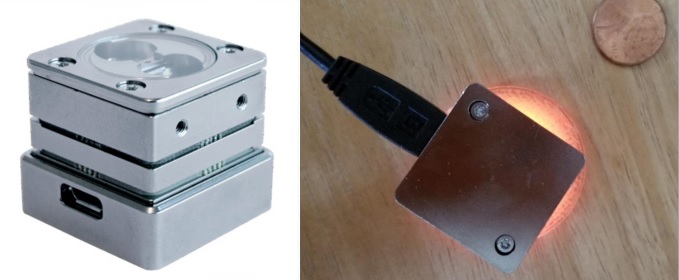3D printing has long been courting controversy for potential intellectual property theft or counterfeiting concerns. In general, the digital age draws concerns about the proliferation of copyrighted data but many companies are looking at solutions to curb this effect. While some companies have offered QR code embedding or cloud solutions, Aerosint and InfraTrac are looking at using a taggant that creates a “ghost signature”. As a result of such tagging, companies could verify part authenticity using near-infrared and Raman spectroscopy devices.
The companies want to apply this taggant method to Aerosint’s laser powder bed fusion prints. During the printing process, the machine places the chemical taggant in a small covert spot with millions of combinations in single materials. The InfraTrac recoater technology puts the taggant in SLS or SLM metal or polymer components. However, now the companies are looking to get this to work with multi-material LPBF technologies.
“True multi-material LPBF requires a system for precise placement of two or more powdered materials within one layer. This ‘voxel-level control’ forms the basis for the selective powder deposition system that Aerosint is developing,” Aerosint stated.
3D Printing Security Measures
Currently, the companies are testing polymer and metal demonstration parts incorporating the “fingerprinting” sites. These fingerprints rely on InfraTrac’s anti-counterfeiting powder formulation which can be scanned later. The process Aerosint and InfraTrac are pushing is far cheaper than implanting QR codes and RFID chips.
Anti-counterfeiting processes are catching steam as more and more large companies are looking to 3D printing for industrial manufacturing. Securing prints with physical tags is much better at verifying a company’s own parts but such methods can also have drawbacks. Certain physical methods can be intrusive but non-destructive measures that use scanning has definite potential. It will become far more necessary as more commercial ventures use additive manufacturing. We’ll be looking forward to what security measures Aerosint and InfraTrac have to offer in the near future.
Featured image courtesy of Aerosint.












